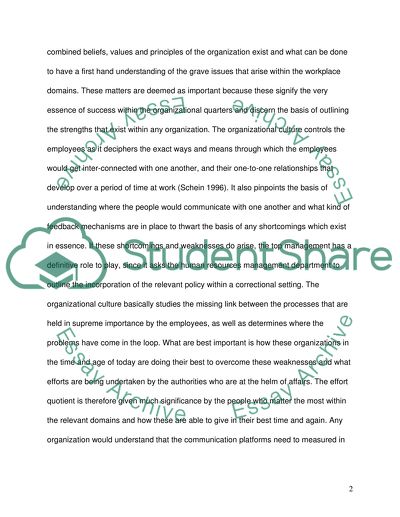Cite this document
(Implementing a Solid Cultural Foundation for a Successful Firm's Exist Essay, n.d.)
Implementing a Solid Cultural Foundation for a Successful Firm's Exist Essay. Retrieved from https://studentshare.org/human-resources/1560333-employment-and-society
Implementing a Solid Cultural Foundation for a Successful Firm's Exist Essay. Retrieved from https://studentshare.org/human-resources/1560333-employment-and-society
(Implementing a Solid Cultural Foundation for a Successful Firm'S Exist Essay)
Implementing a Solid Cultural Foundation for a Successful Firm'S Exist Essay. https://studentshare.org/human-resources/1560333-employment-and-society.
Implementing a Solid Cultural Foundation for a Successful Firm'S Exist Essay. https://studentshare.org/human-resources/1560333-employment-and-society.
“Implementing a Solid Cultural Foundation for a Successful Firm'S Exist Essay”. https://studentshare.org/human-resources/1560333-employment-and-society.


